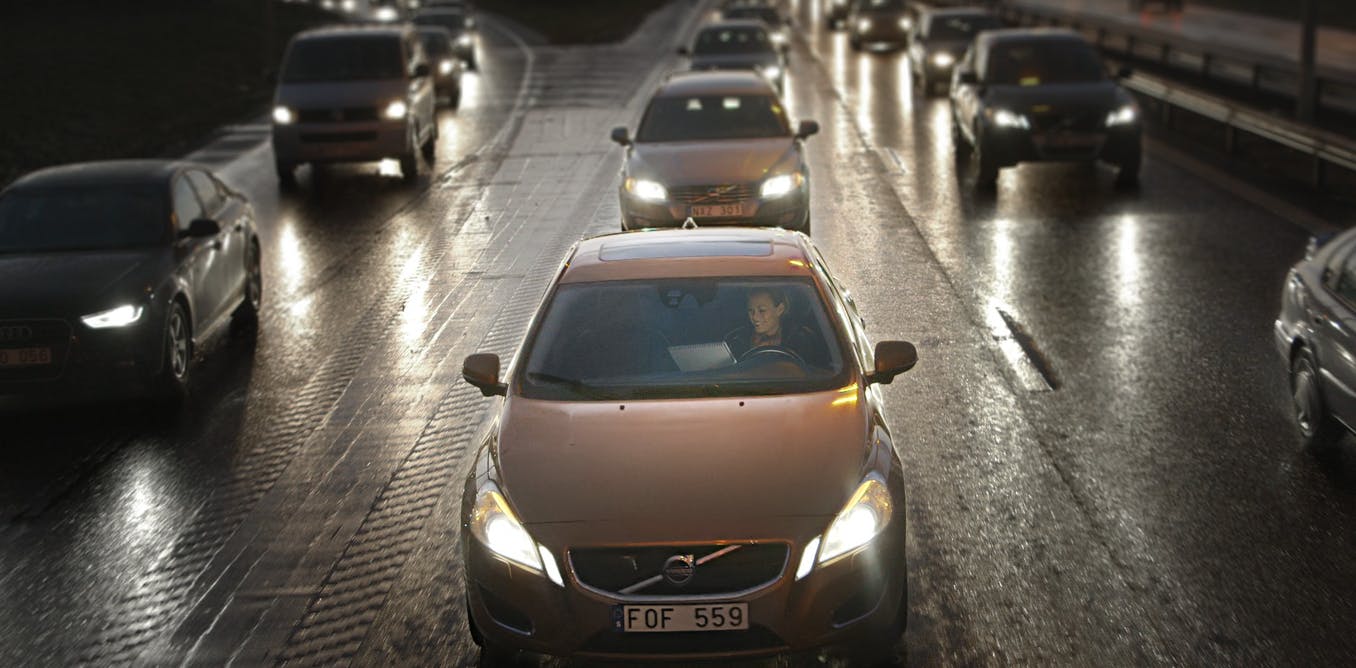Where we are on the road to driverless cars

Who doesn’t like the idea of getting in your car, sitting back finishing off your coffee and reading the paper while the vehicle whisks you to your destination? We’re not quite there yet, but what is available are technologies and systems that can make the driving experience a little easier and much safer.
Currently, most vehicle manufacturers offer some kind of autonomous driving features, including automatic parking, forward collision avoidance, adaptive cruise control and lane departure warning.
Those features are either available in their high-end models or as an option in base models. This kind of feature availability follows a model that vehicle manufacturers have been using for a very long time.
Take the example of anti-lock braking systems (ABS) or airbags. These were once only available in high-end brands and models, but nowadays there aren’t too many cars around that don’t come standard with ABS and airbags. In fact, if you want to score a reasonable Australasian New Car Assessment Program (ANCAP) safety rating for your vehicle, ABS and airbags are a must.
Destination: autonomy
So when are we likely to see vehicles driving around fully autonomously? There are already some experimental autonomous vehicles driving around now. Google has been advertising the fact that its autonomous vehicles have done more than one million miles, with no accidents being the fault of autonomous systems.
In fact, even before Google, we had the US Defence Advanced Research Projects Agency (DARPA) issue three Grand Challenges. The first two, in 2004 and 2005, were to race autonomous vehicles across a desert, and the third, in 2007, was in a simulated urban environment.
We’ve had autonomous vehicle demonstrations and challenges happening for a while, so it’s not the technology stopping autonomous vehicles from being on our roads. Rather, it’s concerns around integration and acceptance, which both require a fair amount of coordination.
We need to be able to integrate these fully autonomous driverless vehicles into traffic that has conventional vehicles. Then there is the issue of road and weather conditions.
We need to implement systems that let vehicles talk to each other and the road infrastructure to ensure the safe passage of autonomous and non-autonomous vehicles.
It’s not likely that we will have fully autonomous or driverless vehicles until these sorts of communication technologies are rolled out over the road network. These Cooperative Intelligent Transport Systems (C-ITS) technologies have also been trialling in Australia and internationally, so we should see this available sooner rather than later.
Driverless cars will face hazards such as wildlife on the roads.
Volvo
Getting behind the wheel
There are also issues around legislation. It is currently illegal to drive a car that a human is not controlling. So we need to change the legislation before fully autonomous cars can hit the roads.
Here in South Australia the state government is one of the first to introduce the changes required for autonomous/driverless vehicles to be able to driven on our roads legally.
Another issue is around public acceptance. While driverless cars might sound exciting, would you feel safe in one? And whose fault is it if something goes wrong? If there is an accident, who will the car try to protect, the occupant or the pedestrians about to be hit?
Autonomous vehicles trials are a good way of getting these vehicle accepted by the public. Flinders University is looking at trialling an autonomous bus to link its Tonsley and Bedford Park campuses, which could also provide links to Flinders Medical Centre, Clovelly Park and Tonsley trains stations and Marion shopping centre.
The aim of this and other trials should be to gain acceptance of these sorts of technologies.
Car manufacturers such as Audi already have a lot of automation built into their latest cars.
Given all these integration and acceptance issues, there needs to be a degree of coordination to ensure that all vehicles are complying and performing in ways we expect.
To this end ARRB group has taken the lead in starting the Australian Driverless Vehicle Initiative (ADVI), which has a vision to accelerate the safe and successful introduction of driverless vehicles onto Australian roads.
Currently there are about 30 stakeholders that have joined the initiative, including Flinders, in order to achieve the common vision. ARRB together with the South Australian Government are hosting an International Conference on Driverless Vehicles starting today, which will also see the first trial of autonomous vehicles on the southern expressway in Adelaide.
So within the next 10 to 20 years – which is only a few vehicle model cycles – we should see changes in laws, implementation of C-ITS in cars and roads, and many more trials of autonomous vehicle features and vehicles before we see their widespread uptake on Australian roads.
The last thing we would want to happen is for overseas autonomous/driverless vehicles to come to Australia and have these features turned off because we don’t have the appropriate integration technologies available or public acceptance.







